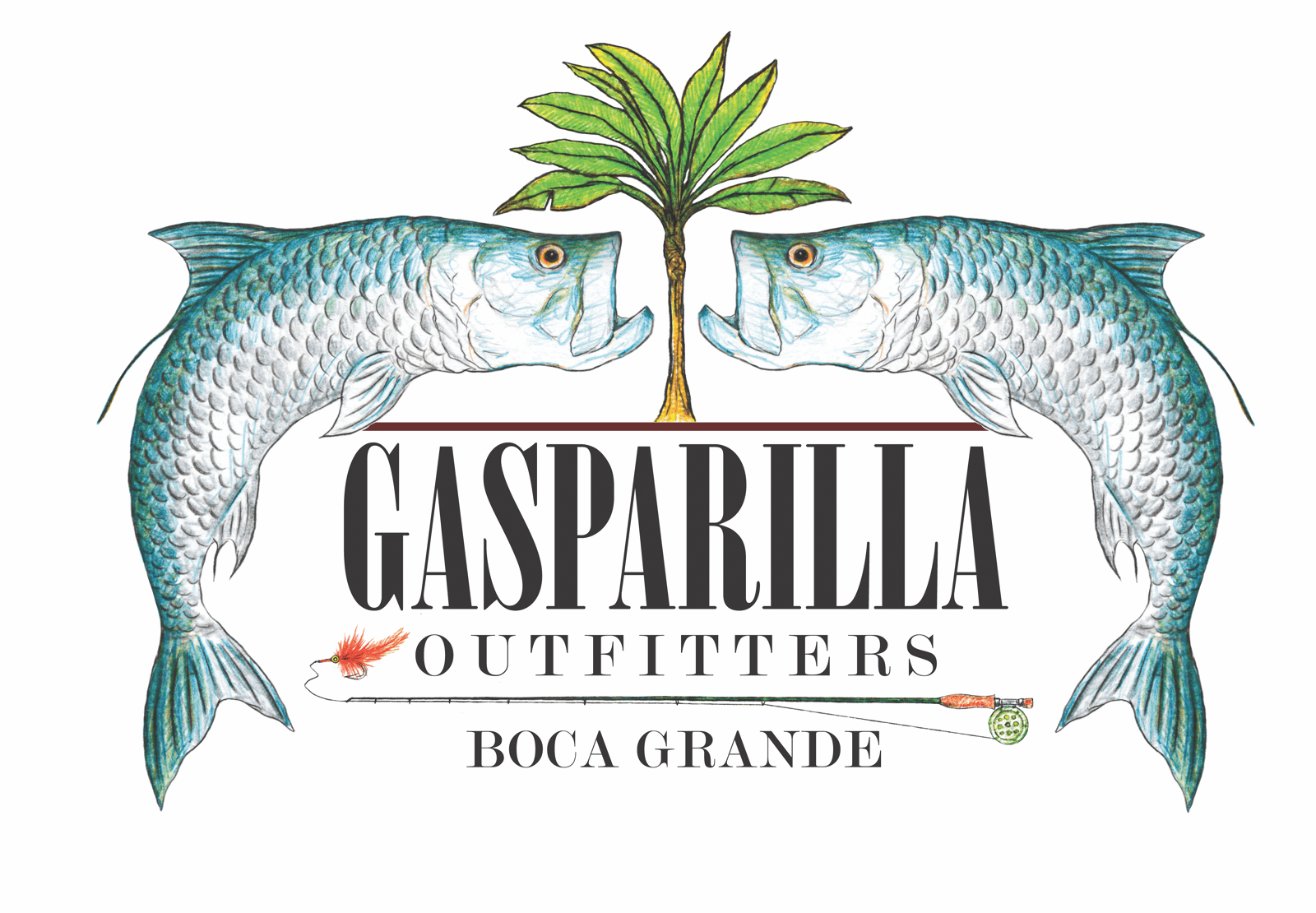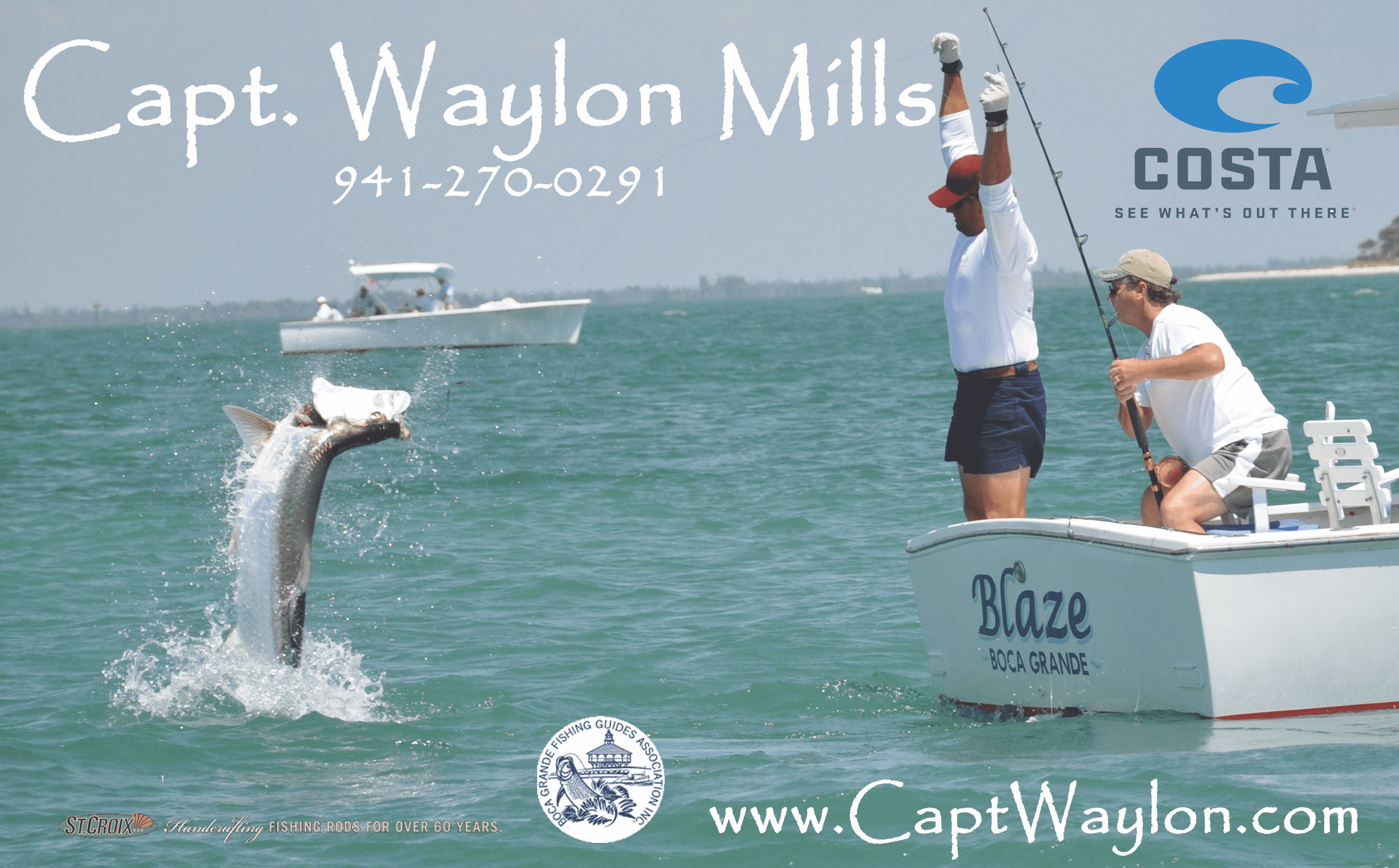Appreciation for our Kawasaki ‘Hatch’
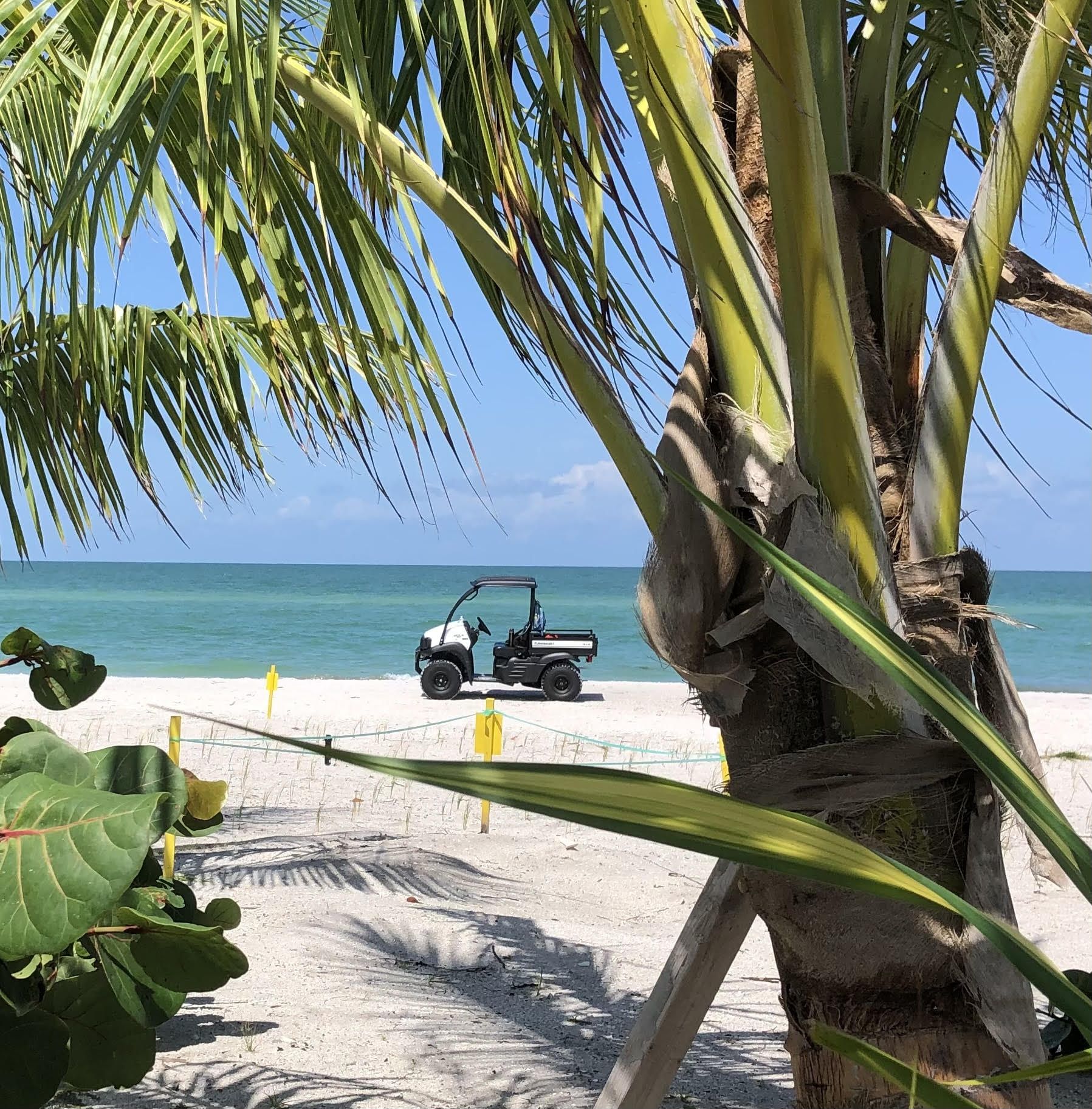
BY ARLENE HALL, BGSTA SECRETARY
Here we are in mid-September, and the number of remaining incubating nests continues to steadily decrease as the last nests hatch. No new crawls have occurred since August and so far this year, Mother Nature hasn’t pushed sea turtle nesting season to an early end by wiping out incubating nests with big storms. Fingers crossed it stays that way! As of September 13, there are only 34 nests still being monitored. These are spread across each of the seven zones patrolled by volunteers; one zone has 14 nests and the others have only two to four nests remaining in each.
Back in May, the Boca Beacon ran a story featuring the BGTSA’s acquisition of a Kawasaki Mule utility vehicle. Stephen and Shirley Drake had generously donated the funds that enabled us to purchase the vehicle model we believed would best meet our needs. It was purchased, delivered, and affectionately named Hatch. We had some broad ideas how we would use it and were eager to get it out on the beach. As it turned out, Hatch met all our expectations and helped us “do more with less.”
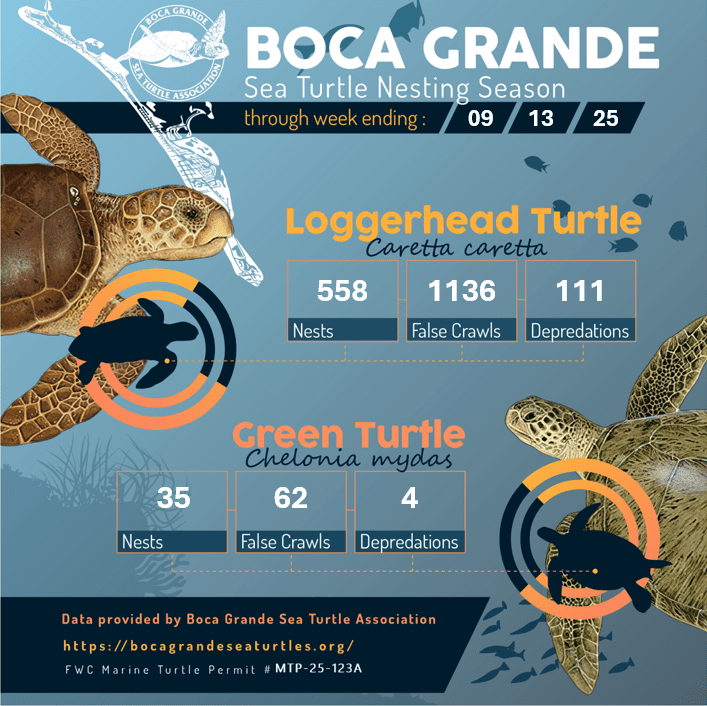
We knew it would help us cover more beach with fewer people. In previous years, we’ve required about 14 volunteers per day during the most active months of the nesting season to collect data, properly monitor, and perform nest marking and inventory duties. Patrollers were assigned in teams of two for most zones, to allow for the work to be done in a timely manner to beat the hot beach sun; they also helped share the load in carrying all the necessary patrol supplies (e.g., stakes, mallet, screens, gloves, etc.). For a single zone, the necessary equipment and supplies could weigh about 25 or more pounds!
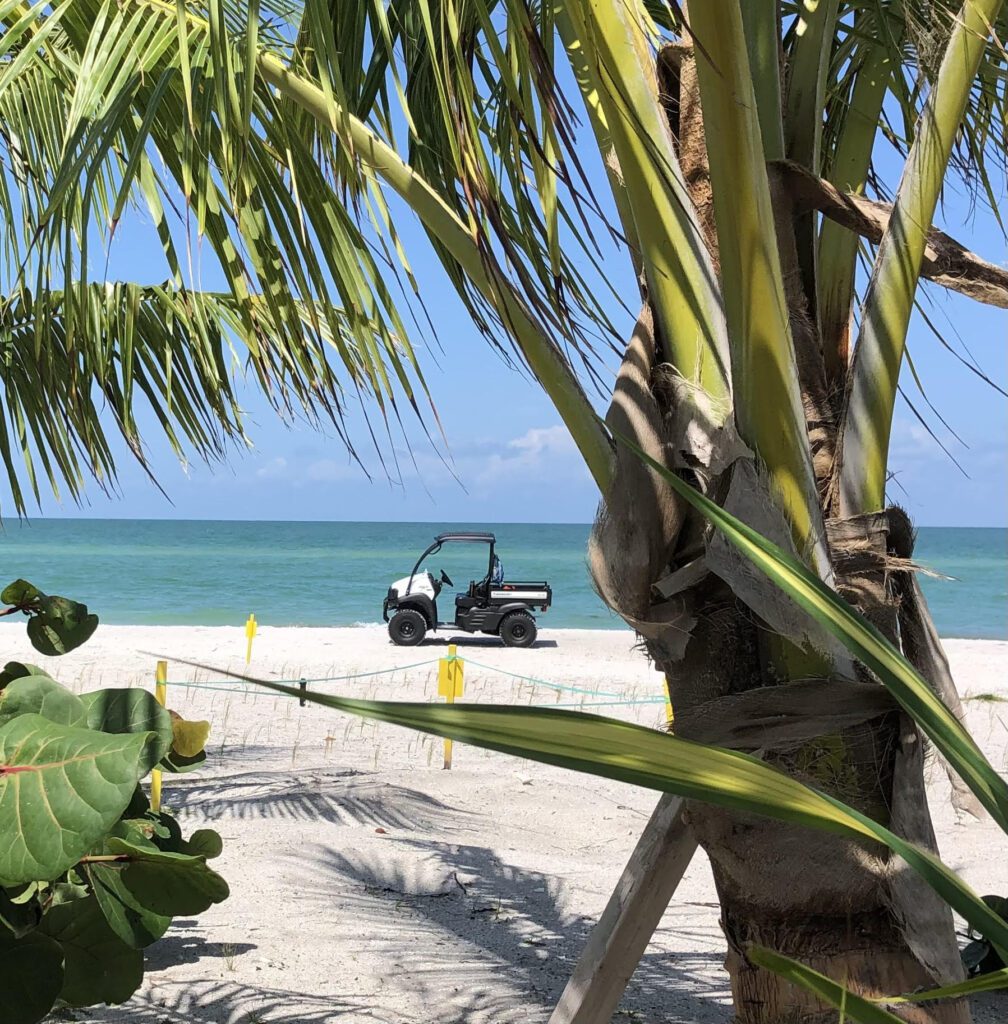
This year, however, with the strategic use of Hatch and a couple other tweaks, we were able to trim down the number of daily volunteers to around 11 for the bulk of the season. By using Hatch, we were able to cover three entire zones, including the busiest ones, all season with just three patrollers. And now that so few nests remain, one patroller on Hatch can cover three or four zones (i.e., three or four miles) by themselves. We now need only a couple other patrollers each day to monitor and inventory the nests in the other zones. This end-of-season consolidation helps us realize several benefits, including saving bridge toll fees.
The Hatch can carry a large supply of stakes, screens, and other materials so even though a Hatch patroller must stop and get off the vehicle to walk up to and directly view each nest, it is much easier and faster to do so without lugging heavy supplies. This was helpful not only as new nests were being staked and screened, but also later in the season as incubation was complete and stakes and screens were being removed from the beach.
We use HATCH as a means of quick transportation for other turtle-related purposes too. During morning patrols, there may be questions requiring an on-site consultation or a request for help with a hatchling disorientation or a problematic inventory in different zones. The Hatch patroller could quickly drive it to that location on the beach; whereas in the past, such situations would require significant time for them to walk back to their car from their beach patrol, drive to a different beach access, and walk back out to the area in question. We’ve also used Hatch to expedite the transport of hatchlings from a nest to a pickup point when they need to get out of the hot sun but the patroller isn’t yet finished patrolling the rest of the zone. At other times, we’ve used it to deliver additional nest stakes, screens or other supplies to patrollers on the beach.
We know how Hatch makes our mission more efficient but there have also been a couple other lessons learned this season. First, everything rusts on the beach, no matter how diligently you rinse off the salt and sand after each use. We continue to explore ideas on how to minimize this and all suggestions are welcome. Second, when you get caught miles away from the storage garage as lightning pops up, you cannot merely gun the motor and fly across the sand back to safety (although it is tempting). Early in the season, with the only beach access point for Hatch being at the Boca Grande Club, a couple patrollers found themselves stranded down the beach in a pop-up storm. They parked Hatch on the beach and hunkered down in a safe shelter for more than an hour, waiting for the storm to safely pass so they could drive it back. Now, if there is even a hint of approaching bad weather, we leave the Hatch in the garage and just walk the zones, arranging for a quick pick up on the nearest street should a storm pop up.
The BGSTA remains grateful to the Drakes for their donation, to Ched McConnell for the use of his garage, and to the Boca Grande Club for granting us beach access for Hatch. We are proud that they are part of BGSTA’s team.
If you’d like more information about the BGSTA and how you can support our efforts, please visit our website at bocagrandeseaturtles.org.
Florida State Parks:
Gasparilla Island: 35 Loggerhead – 4 Green – 1,773 hatchlings
Cayo Costa: 526 Loggerhead – 18 Green – 29,421 hatchlings
Don Pedro: 140 Loggerhead – 69 Green – 8,334 hatchlings
Stump Pass: 70 Loggerhead – 1 Green – 3,485 hatchlings







